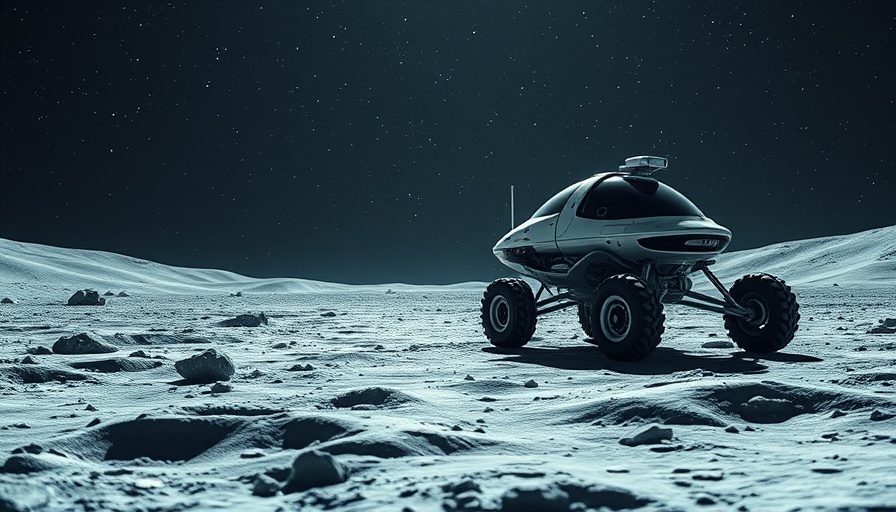
A New Beginning for VIPER on the Moon
Nasa's Volatiles Investigating Polar Exploration Rover (VIPER) project is back in action, ready for a potential launch in 2027. After a previous cancellation due to budget issues and delays, the rover aims to explore the lunar South Pole, a region believed to harbor water ice — a vital resource for future manned missions. Now partnered with Blue Origin, the mission showcases a significant collaboration in commercial space travel.
Exploring the Lunar South Pole
This exciting mission is designed to improve our understanding of water ice distribution on the moon, providing insights into not just lunar geology but also the broader solar system's volatile sources. NASA's hopes are high: "This delivery could show us where ice is most likely to be found and easiest to access," states Joel Kearns, of NASA's Science Mission Directorate. Such findings could pave the way for sustainable human presence on the moon and beyond.
Blue Origin's Role: A Leap into Lunar Landing
Blue Origin is preparing for its own lunar delivery mission, which will be crucial in demonstrating the capabilities of its Blue Moon Mark 1 lander. Through the Commercial Lunar Payload Services (CLPS) program, NASA is exploring how viable commercial partnerships can enhance its exploration goals. As technology progresses, the collaboration signals a shift towards utilizing private companies in space exploration — a move that many believe could expedite advancements in lunar and planetary science.
What This Means for Future Space Exploration
With VIPER's resurrection, we can expect a quantum leap in our understanding of celestial resources. The implications of this mission extend beyond the moon, setting the stage for further expeditions across our solar system. As our quest for resources like water continues, such innovative technology enables the dream of sustainable human life on other planets to be within reach.
Stay Informed with Tech Trends
For tech enthusiasts keen on insights from the latest advancements, VIPER's mission underscores the importance of innovation, not only in space exploration but across various sectors. The convergence of AI and other technologies is driving the development of best new tech gadgets in 2025, demonstrating how scientific advancements can translate into practical, world-changing tools.
 Add Row
Add Row  Add
Add 




Write A Comment